1000 N. West Street #1200, Wilmington, DE 19801
© 2024 Direct Learning Systems, Inc. All rights reserved.
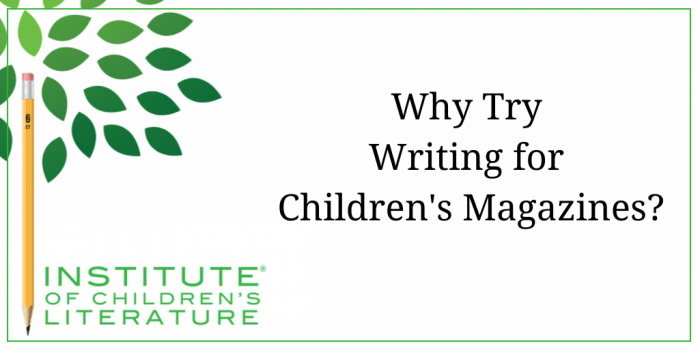
Magazine writers can easily slip into a Rodney Dangerfield level of moaning about a lack of respect for the genre. For many, writing for magazines is seen as a stepping stone for book writing. It can be that, sure, but writing for magazines can be so much more. Let’s look at what’s great about writing for children’s magazines.
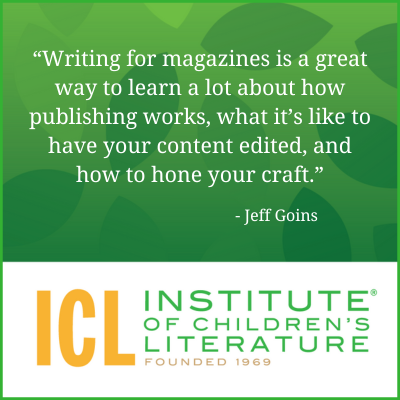 Children’s Magazines Can Have a Long Reach
Children’s Magazines Can Have a Long ReachLet’s think about Highlights for Children, one of the gold standards of children’s magazines. First, Highlights magazine was first published in 1946, so it’s a magazine that has reached generations of kids. A single issue of Highlights will end up in the hands of more children than some of the best-selling children’s books. Add to that, the fact that Highlights is available in sixty countries and twenty-five languages and the poem or story or article you sell Highlights will literally take your words around the world. Now, most other children’s magazines don’t have the reach of Highlights, but they still reach out to children in a very special way. Magazines introduce children to new genres of stories and new ideas in nonfiction that they might not have considered checking out at the library or picking up at bookstores. And magazines often buy poetry, making them one of the most consistent markets for children’s poets.
Not only do children’s magazines reach children directly, but they may reach children through schools, through libraries (and sometimes even through doctor’s offices). And the stories can linger in the minds of readers (and editors) for years. One piece I sold to Ladybug was brought up to me by an editor *years* after the original publication of the story. That made that story a kind of ambassador for me, long before I was able to meet the editor face to face. And that resulted in requests for pieces for a new magazine that same editor worked on as well as an invitation to join her in a teaching gig for a writer’s workshop. Another short story I sold for very little money to an online magazine later produced an offer of over a thousand dollars by a testing company that wanted to use the story for a test. So never underestimate the power of a magazine story. What may look small one day, can turn into something much bigger later.
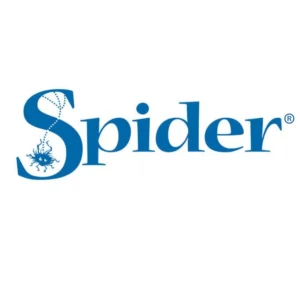
Though I don’t promote myself as a speaker to schools, I have ended up doing visits at a number of local schools when they’ve approached me. Not only was I paid for the visits, it allowed me to spend some time with groups of children in the age group I targeted in my writing. All because I wrote for magazines.
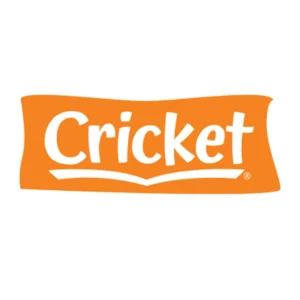
Having written nonfiction for both books and magazines, I can say with confidence that magazines have much more stringent demands for absolute accuracy in nonfiction backed up by specific, extensive bibliographies. If you can write nonfiction for Cricket, Spider or Highlights, you can writing nonfiction for anyone. The difference between top magazine nonfiction and book nonfiction is length, not quality.
The book publishing business is slow. Even when you’ve done the work to build your writing skills to a professional level, it still takes a long time to write a novel, polish it, get an agent and wait out the submissions process. Then once the novel sells, you’re only beginning a new process as you go through edits, then proofs, then the printing process. All before ever holding the book in your hands. This slow process had a tendency to drain some of the enthusiasm and stamina of new writers. Many of us simply weren’t prepared for how long it would take before we held our first book in our hands.
For me, writing for magazines was a way to keep feeling positive about my writing. It also gave me an opportunity to go through the publishing process over and over, and knock the rough edges off my response to editorial feedback. It taught me how to read and understand contracts. And how to research to find out what those contracts were saying. By the time my first book offer came along, the contract was no longer so intimidating as I’d read many before that one. I knew and expected feedback (and not all of it cheery) on my writing and was prepared to make changes to improve what I had thought was already perfect. I had learned to see editors as co-workers in the publishing process, not adversaries. We wanted the same thing: the best possible writing for kids.
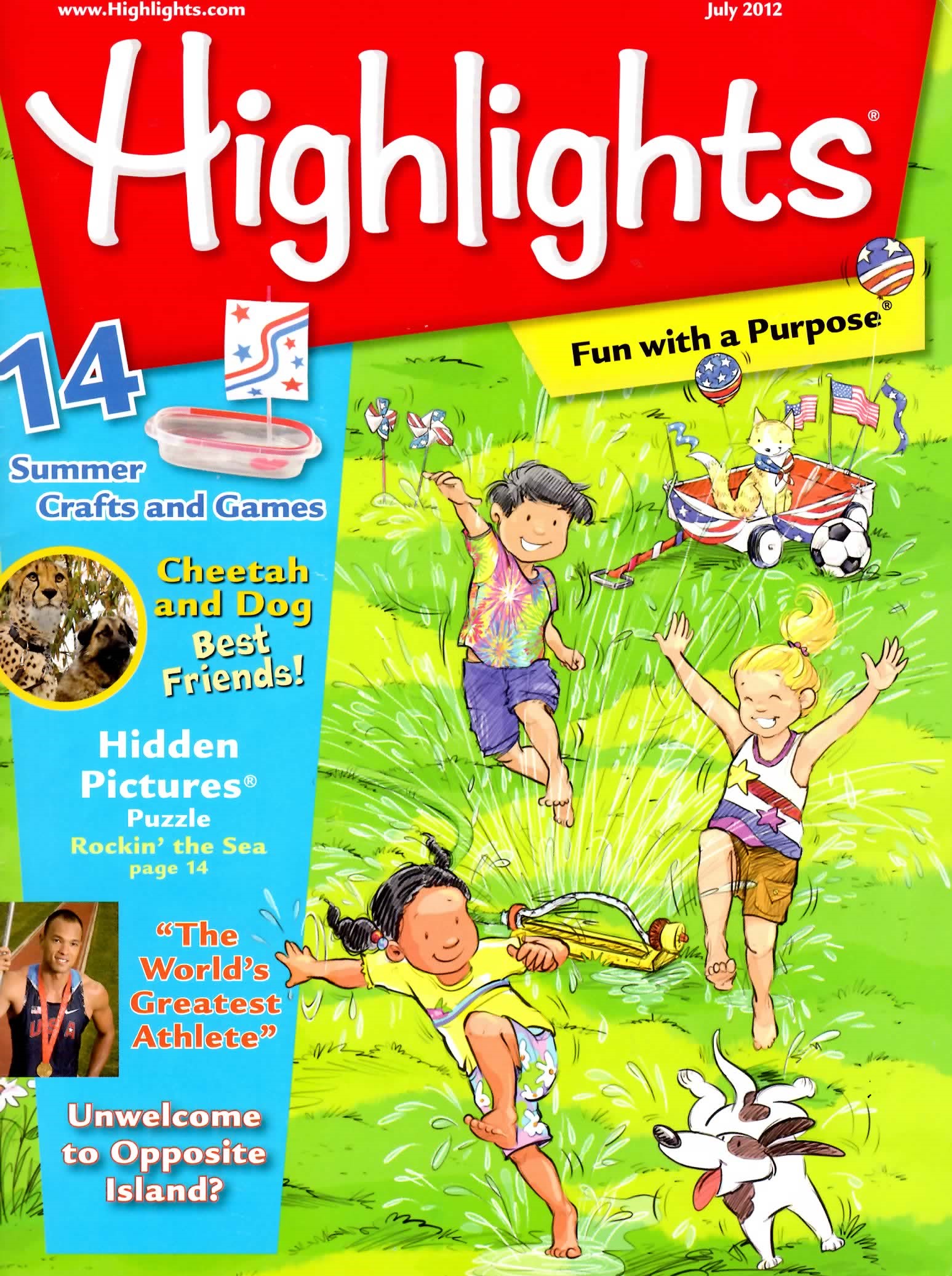
For me, racking up publication credits (especially in magazines that everyone recognizes) went a long way toward hushing that kind of negative commentary. I had bylines. I had author copies. I had publication credits. So even though I also continued working toward book publication, I found that building credits in magazines helped my own self-respect, because they nudged even the naysayers into grudging acceptance.
Now, having said all of that. The biggest reason I wrote for children’s magazines is because those stories, articles, poems, projects and activities matter to children. I remember vividly the first time I held a children’s magazine in my hands. I remember being amazed that a magazine filled with stories could come directly to my house. It was like having a present arrive once a month. I remember sitting in doctor’s offices and finding the hidden pictures in the office copy of Highlights or reading about how animals sleep in Ranger Rick.
I try to picture that same excitement in readers as I make up a new craft to send or research cool new articles. Years ago, some writer created magic for me. Now I want to do it for a new generation. Magazines have helped me do that.
With over 100 books in publication, Jan Fields writes both chapter books for children and mystery novels for adults. She’s also known for a variety of experiences teaching writing, from one session SCBWI events to lengthier Highlights Foundation workshops to these blog posts for the Institute of Children’s Literature. As a former ICL instructor, Jan enjoys equipping writers for success in whatever way she can.
1000 N. West Street #1200, Wilmington, DE 19801
© 2024 Direct Learning Systems, Inc. All rights reserved.
1000 N. West Street #1200, Wilmington, DE 19801
© 2024 Direct Learning Systems, Inc. All rights reserved.
1000 N. West Street #1200, Wilmington, DE 19801
© 2024 Direct Learning Systems, Inc. All rights reserved.
1000 N. West Street #1200, Wilmington, DE 19801
© 2024 Direct Learning Systems, Inc. All rights reserved.

1000 N. West Street #1200, Wilmington, DE 19801
© 2025 Direct Learning Systems, Inc. All rights reserved.

1000 N. West Street #1200, Wilmington, DE 19801
©2025 Direct Learning Systems, Inc. All rights reserved. Privacy Policy.
1 Comment